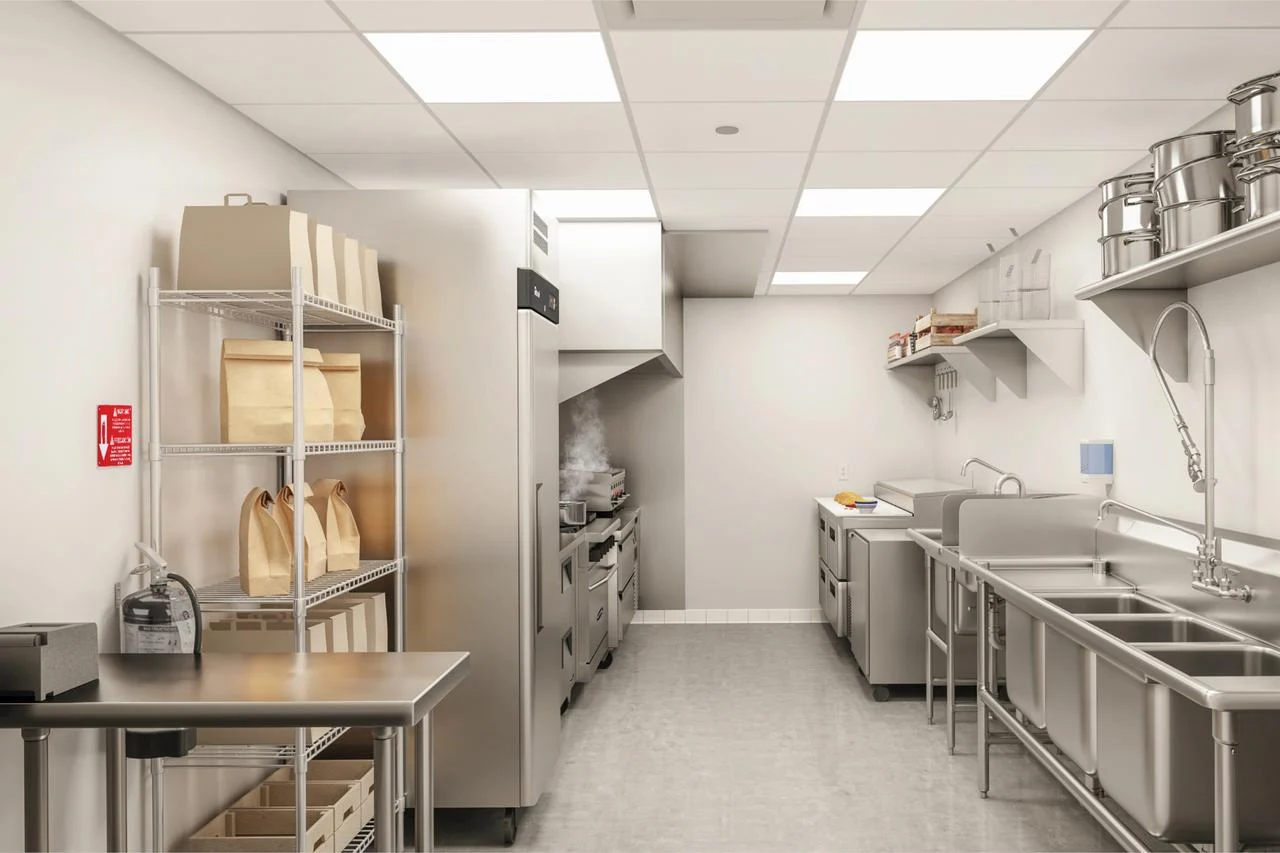Running a successful catering business requires careful planning, organization, and efficient management of resources. One key aspect that significantly impacts the operations of a catering business is the layout and storage solutions. A well-designed layout and effective storage systems can optimize workflow, enhance productivity, and ensure smooth operations. Nowadays, you can find many storage solutions at discounted rates. Many companies will offer your fridges, chafing dishes, and catering freezers for sale. But the main thing is how to utilize the space. An efficient business also depends on an efficient storage layout. In this article, we will explore some efficient layouts and storage solutions for catering businesses that can help streamline operations and maximize efficiency.
Considerations for Layout Design:
Designing an efficient layout for a catering business involves careful consideration of various factors. You can analyze the flow of operations, from receiving orders and preparing food to packaging and delivery. Ensure that the layout allows for a logical and streamlined process, minimizing unnecessary movement and maximizing productivity. Many businesses divide their workspace into distinct zones, such as food preparation, cooking, plating, and packaging. This zoning strategy helps in organizing tasks and prevents cross-contamination, ensuring food safety and quality.
Efficient Kitchen Setup:
The kitchen is the heart of any catering business, and an efficient setup is essential for smooth operations. You can arrange the main workstations, such as the cooking area, food preparation area, and dishwashing station, in a triangular pattern. This allows for easy movement between these areas, minimizing time and effort. Install a high-quality ventilation system to ensure proper air circulation and prevent the buildup of heat, odors, and smoke. Adequate ventilation creates a comfortable and safe working environment. You can also strategically position cooking equipment, such as stoves, ovens, and grills, to optimize workflow. Keep frequently used items within reach, reducing the need for unnecessary movement.
Effective Storage Solutions:
Efficient storage is crucial for maintaining an organized and clutter-free workspace. Install sturdy and adjustable shelves to maximize vertical space utilization. Categorize and label shelves based on ingredients, utensils, and equipment, making it easier to locate items quickly. Consider investing in a walk-in refrigerator or freezer to store perishable ingredients in a controlled environment. This allows for better inventory management and reduces the risk of food spoilage. You can use airtight and stackable containers to store dry ingredients, spices, and condiments. Transparent containers with labels facilitate easy identification, inventory management, and efficient space utilization.
Utilizing Mobile Storage:
Catering businesses often require mobility and flexibility. Mobile storage solutions can help meet these needs effectively. Utilize utility carts with shelves and compartments to transport ingredients, equipment, and serving utensils efficiently. These carts can be easily moved around the workspace, saving time and effort. You can invest in portable racks with wheels to store and transport prepared dishes, pans, and trays. These racks are ideal for catering events or when additional storage is required temporarily.
Effective Inventory Management:
Efficient inventory management is vital for minimizing waste, optimizing ordering, and ensuring a consistent supply. Implement the “First In, First Out” (FIFO) method when storing ingredients. This ensures that older stock is used before newer stock, reducing the chances of spoilage and waste. You can also utilize inventory management software or spreadsheets to track stock levels, expiration dates, and ingredient usage. Regularly update the system to facilitate accurate and timely ordering.
Safety and Compliance Considerations:
Lastly, safety and compliance should be a top priority in any catering business. Do not forget to install fire extinguishers, smoke detectors, and fire suppression systems in the kitchen area. Conduct regular inspections and ensure employees are trained in fire safety protocols. Implement proper sanitation practices, including regular cleaning schedules, hand hygiene protocols, and proper food handling procedures. Adhere to local health department regulations and ensure employees are trained in food safety practices.
Efficient layouts and storage solutions are essential for the smooth operations of catering businesses. By considering factors such as workflow, zoning, ergonomics, and storage systems, catering businesses can optimize productivity, streamline operations, and ensure compliance with safety standards. With a well-designed layout and effective storage solutions, catering businesses can enhance efficiency, minimize waste, and deliver exceptional culinary experiences to their clients.
